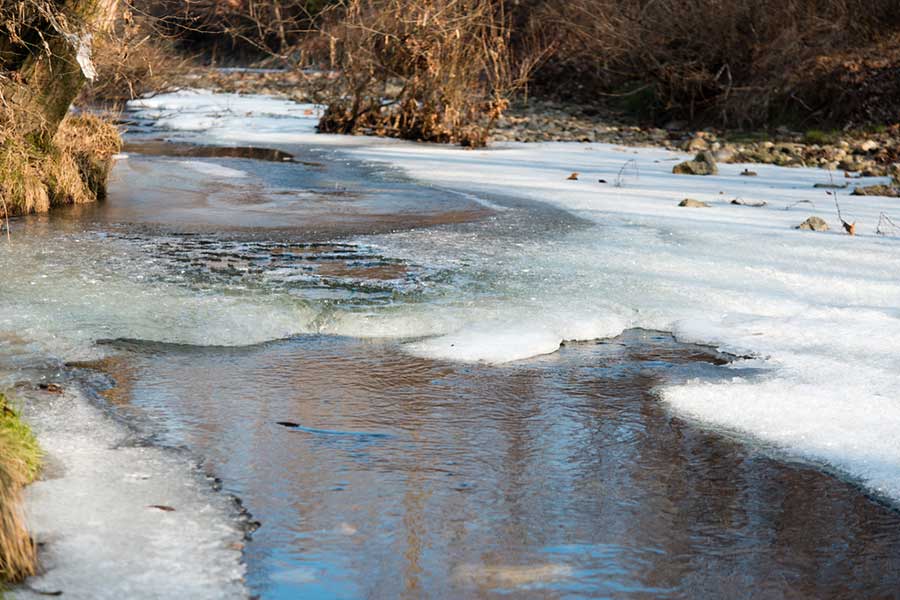The seasonal snow cover in Chenab, Beas, Ravi and Sutlej river basins in Himachal Pradesh decreased by 12.72 per cent in 2023-24 compared to 14.25 per cent in 2022-23, a statement issued here on Friday said.
During the early winter months of 2023-24 (October to November), the Chenab, Beas and Sutlej basins showed negative trends in snow cover, whereas the Ravi basin showed a marginal increase, reflecting a positive trend, the statement quoting a study said.
However, results for the peak winter months indicated significant declines in all the basins -- 67 per cent in Sutlej, 44 per cent in Ravi, 43 per cent in Beas and 42 per cent in Chenab in January 2024, according to the study conducted by the State Centre on Climate Change, under the aegis of the HP Council for Science, Technology, and Environment (HIMCOSTE).
In February, a positive trend was observed in all basins, with an increase in snow cover, continuing into March 2024.
Based on the analysis, it was observed that the decline was 15.39 per cent in the Chenab basin, 7.65 per cent in Beas, 9.89 per cent in Ravi and 12.45 per cent in Sutlej in 2023-24, leading to an overall decline was 12.72 per cent, Director-cum-Member Secretary (HIMCOSTE) DC Rana said.
"We have information about the total snowfall during the winter season from the various observatories operating throughout the State but its spatial extent reflecting that how much area is under snow, cannot be ascertained. But it has now become possible to map the geographical extent of the area covered under snow during winter season from October to April by using satellite data of different resolutions," Rana said.
Based on various studies, the temperature in the Higher Himalayan Region is comparatively higher than the low-lying areas, which is affecting Himalayan reserves, evidenced by the fact that most of the glaciers are losing mass, Chief Secretary Prabodh Saxena said.
A significant shift in snowfall patterns during winters has also been observed, affecting river discharge during the peak summer season, Saxena said.
Shimla has experienced almost negligible snow spells during the last two winters, indicating major changes in weather patterns and if this continues, water shortages may occur in the coming years, he added.
Except for the headline, this story has not been edited by The Telegraph Online staff and has been published from a syndicated feed.











